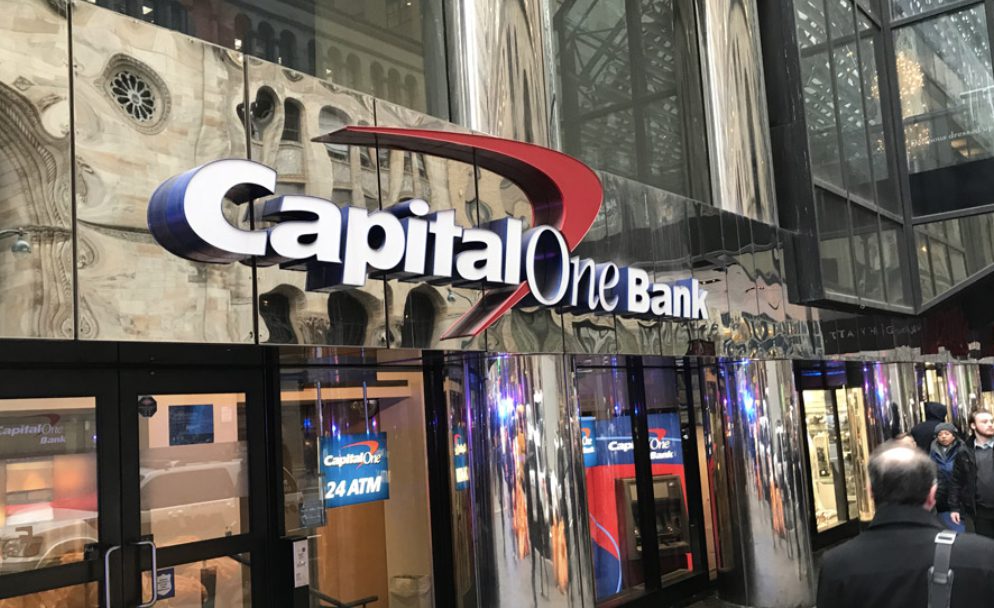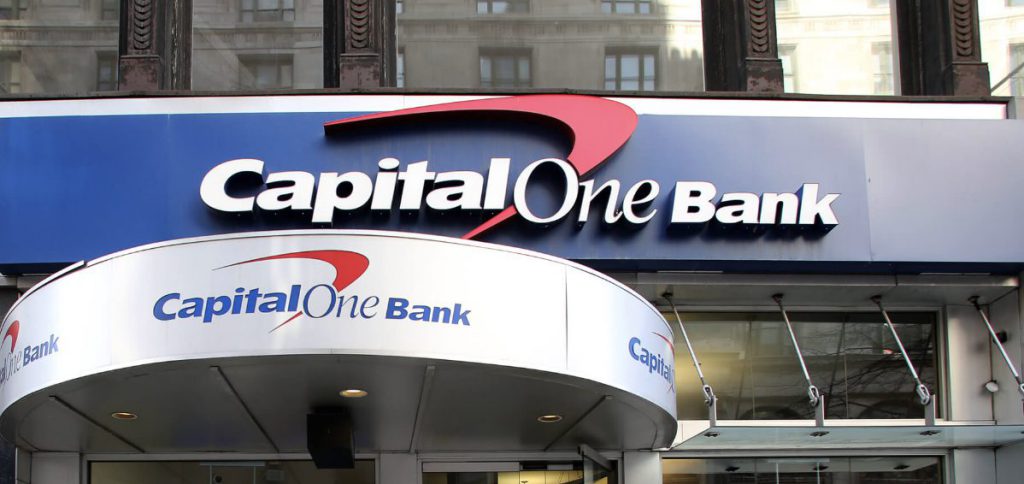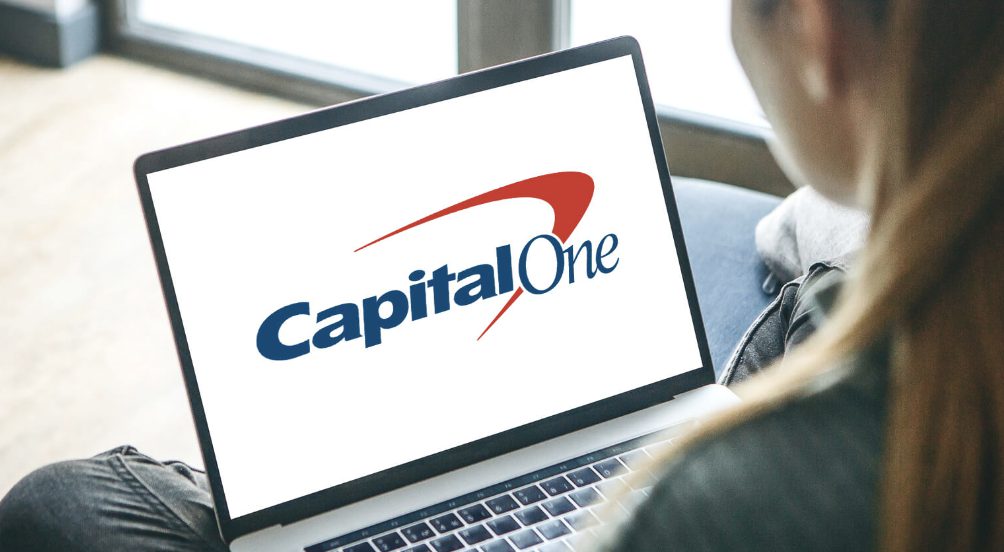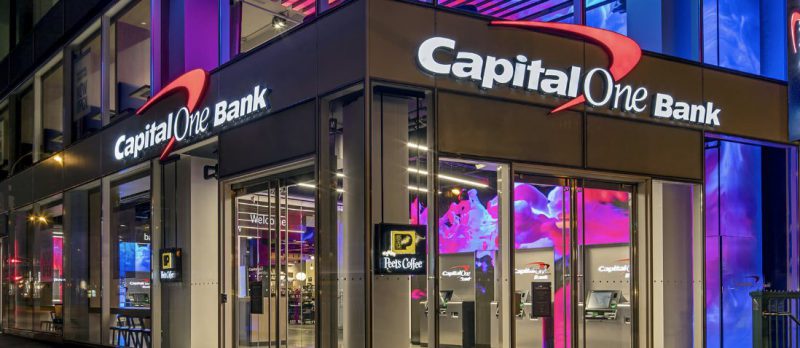Will Capital One Collapse? A Closer Look at the Financial Stability of Capital One Bank
In recent years, the financial landscape has been marked by rising living costs and increased reliance on debt financing. One of the prominent players in the consumer credit market is Capital One Financial Corporation (COF).
With its extensive credit card loan portfolio, Capital One has experienced significant value growth, especially during the pandemic-induced economic downturn. However, concerns about the stability of the consumer credit sector and the potential for a looming recession have raised questions about the future of Capital One.
In this article, we will take a comprehensive look at the financial health of Capital One and assess the likelihood of its collapse.


The State of Consumer Credit
Examining the broader consumer credit landscape is essential to understand the potential risks Capital One faces. In the last 2 years, US consumer credit has risen by 13%. Revolving consumer debt grew by 31%. Households are borrowing more due to rising living costs and declining real wages.
Furthermore, personal savings levels have plummeted, creating a precarious situation for many individuals.
The inflation and interest rates rise has further contributed to consumers’ challenges. Default rates are beginning to rise. As a result, painting a concerning picture of personal lending stability.
Capital One and other credit banks initially benefited but now face increased default rates and loan losses due to decreased consumer sentiment and savings.
The Unique Position of Capital One
Capital One stands out among US banks due to its significant exposure to credit card debt. The bank has $138 billion in credit card loans, which is 44% of its total loans.
Credit card debt risk endangers bank stability. Defaults and borrowing cost hikes worsen it.
Assessing Macroeconomic Fundamentals


The first step in evaluating the potential collapse of Capital One is to assess the macroeconomic situation. Default rates are not alarming, but the yield curve and PMI indicate an economic slowdown.
Historically, default rates have lagged behind other economic measures, with increases typically occurring after rises in unemployment.
Monitor unemployment levels closely. They may indicate potential default rate increases. The yield curve inverted in 2006, but credit card defaults increased during 2009–2010.
The economy now has a yield curve inversion. Also, manufacturing PMI declines, and real retail sales shrink. Indicators suggest default rates won’t rise above normal levels for a year or more. This may coincide with an increase in unemployment.
Stress Testing Capital One
To assess the potential impact of a recession on Capital One, stress tests can provide valuable insights. Using the Atlanta Fed’s Stress Test, we can estimate the impact of Capital One’s CET1 ratio in a recession.
Q1 2022 bank data indicates a moderate recession may drop Capital One’s CET1 ratio. It could fall from 12.7% to 6.9%, which is below the required levels.
The model uses old data. Capital One’s current CET1 ratio is 12.5% with high credit card loans.
Interest rates are also significantly higher than when the model was created, which could impact the results.
The Fed’s Stress Test Model: Limitations and Considerations
While stress tests provide valuable insights, it is essential to acknowledge their limitations. The Fed’s model is a “black box,” causing difficulty in correlating unemployment and default.
The model assumes short recessions and quick recovery of real GDP. This may not align with the current economic environment, which suggests a potentially more prolonged period of strain.
Therefore, the impact on default rates and financial stability could be more significant than the model predicts.
Impact of Rising Deposit Costs


Capital One may face risks from a recession. Rising deposit and CD rates may also reduce net interest margins.
Banks have started raising rates to compete for deposits, which could compress Capital One’s net interest margins.
While Capital One has enjoyed high net interest margins, increasing interest costs may eventually lead to higher default rates and expose competitive risks.
Evaluating Capital One’s Worth
Considering the risks and challenges Capital One faces, assessing its investment viability is crucial. While Capital One’s price-to-book ratio has fallen back to reasonable levels, indicating that it is not significantly overvalued, the potential for a decline in earnings and stability cannot be ignored.
The alarming figures surrounding consumer credit and the potential for a significant increase in credit card defaults suggest a poor risk-reward profile for Capital One.
The bank’s exposure to a potential recession could lead to a slide in its balance sheet equity value of 50% or more.
Conclusion: Will Capital One Collapse?
In conclusion, the financial stability of Capital One remains a topic of concern. The consumer credit landscape shows signs of strain, with rising default rates and declining savings levels.
Capital One’s significant exposure to credit card debt further amplifies the potential risks.
While stress tests and economic indicators provide valuable insights, it is crucial to consider their limitations and the potential for a more prolonged economic slowdown.
With rising deposit costs and the potential for declining net interest margins, Capital One’s profitability may be further challenged.
Investors should carefully evaluate the risk-reward profile of investing in Capital One, considering the potential for significant earnings declines and stability risks.





